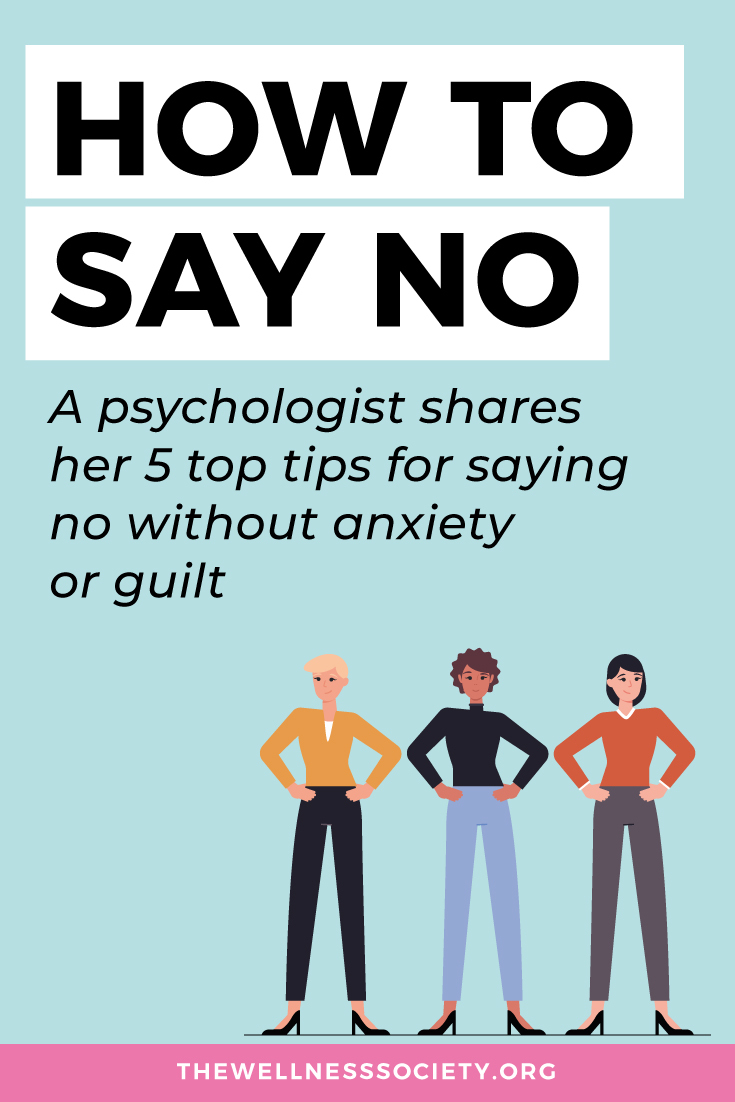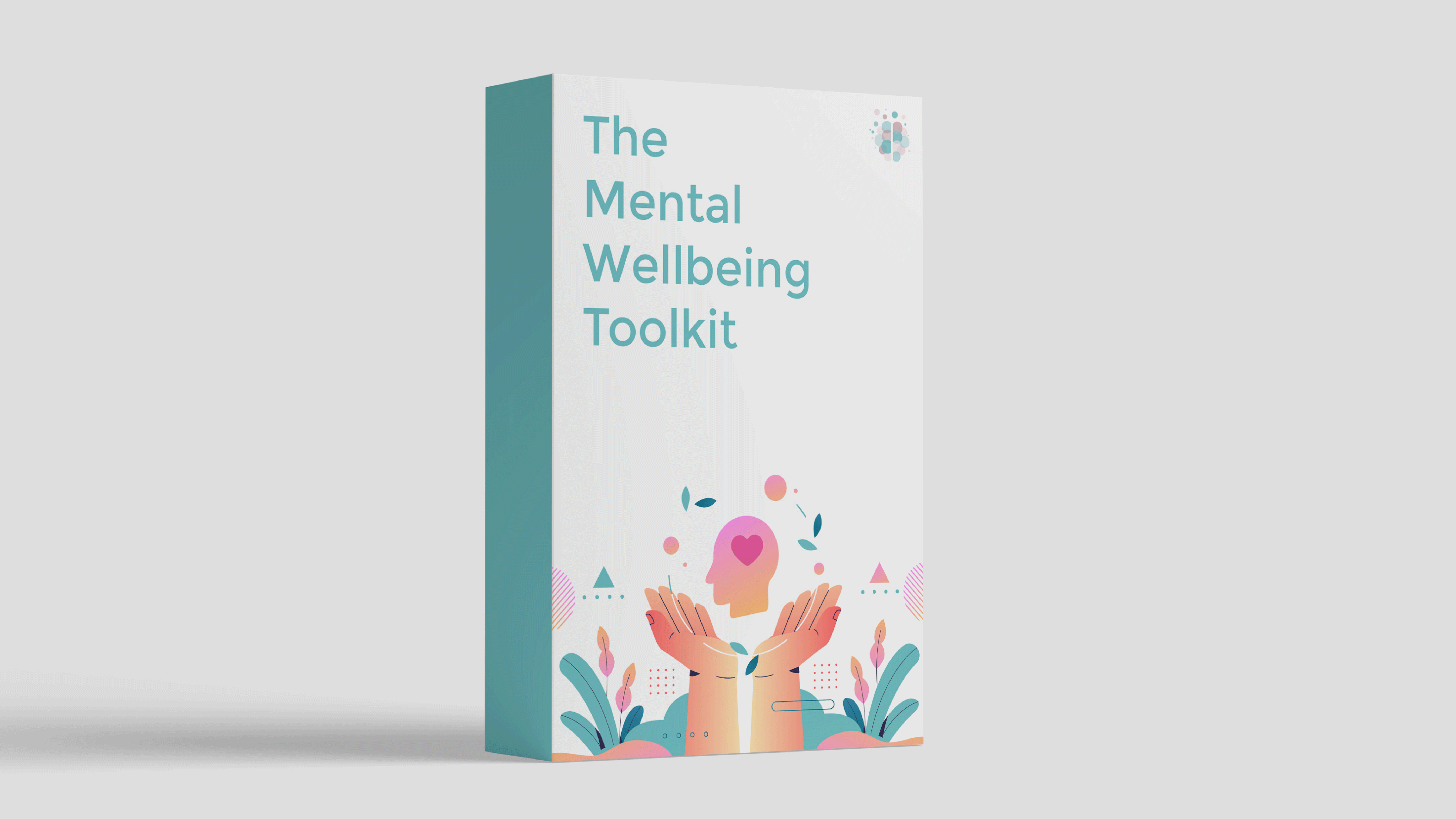Your needs and desires are important, and expressing them allows you to achieve a greater sense of balance in life. However, this isn't a simple process. It involves balancing your needs with the ones of the people around you, which can be a continuous source of unease for many people.
But just as flight attendants say you have to put on your own breathing mask first, the same idea applies for relationships. You cannot be of service to loved ones if you're not of service to yourself first.
Why Is It So Difficult to Say No?
1. Evolutionary Perspective
Many people feel uncomfortable saying no to a loved one or even to colleagues or acquaintances. This is because, from an evolutionary perspective, we have a hardwired need for wanting to be accepted in our relationships, in different groups, and in our community.
Our desire to be connected with others can be traced back to our ancestors. If you weren’t part of a group, your chance of survival decreased significantly.
2. Conflict Avoidance
We avoid saying no because we don’t want to upset the other person or start a conflict. We don’t want the other person to form a negative opinion about us and potentially lose the benefits of the relationship.
3. Early Learning Experiences
What we learned as children – or more importantly, what we didn’t learn – plays an important role as well. If you weren’t taught how to manage conflict in a healthy way, if your boundaries were crossed or your needs weren’t met, then it can be difficult to know how to deal with these situations as an adult.
How to Feel More Comfortable Saying No
Change Your Perspective
Remember: You are not responsible for other people’s feelings and behaviours.
If you think that the other person will get upset when you say no and you start to feel anxious or guilty about it, you’ll most likely choose to avoid the conversation.
Your anxiety or guilt comes from your thoughts, and the same applies to the other person’s feelings. You cannot control what thinking patterns they have, or how their previous experiences shaped the way they interpret a message and experience emotions. Other people’s feelings and behaviours are not your responsibility.
Stay Present
Try to focus on being present and not getting caught up in trying to predict the future or read other people’s minds. You’re only responsible for your part of the conversation, and that means being as gentle and assertive as possible when saying no.
If the other person does get upset, the only thing you can do is to explain the situation and make attempts to repair the relationship.
Remember That Feelings Are Only Temporary
Remember the last time you got upset? What happened after? Eventually, your feelings decreased in intensity and you probably forgot about it.
The discomfort you feel saying no is only temporary. And if the relationship cannot be repaired, you can ask yourself: Do I really want to be in a relationship with someone that doesn’t understand and respect my needs and desires once I’ve expressed them?
Consider the Quality of Your Relationships
Are you able to be yourself in your relationships? That means accepting that sometimes you don’t have the energy or resources to be able to spend quality time with another person.
Offering someone the opportunity to truly get to know and understand you is what constitutes a high-quality relationship. You can only do that when you express your genuine needs and preferences.
If they respond poorly, it’s worth asking again: Do I really want to be in a relationship with someone that doesn’t understand and respect my needs and desires once I’ve expressed them?
Practice, Practice, Practice!
You’ll feel more comfortable saying no after you've gone through the process a few times. Practice is key!
It’s always a good idea to start saying no to small requests before moving on to more complicated situations. Practice self-compassion as you work through this. It isn't easy!
Saying no has nothing to do with the other person and everything to do with self-respect and fulfilling your needs and desires. You are the only person who can do this, so take responsibility and be gentle to the people around you.
Build Your Mental Wellbeing Toolkit
Research shows that self-help materials are often enough for people to overcome mild to moderate mental health difficulties without professional support.
If you’re interested in a self-guided program that includes tools from CBT, ACT and more, be sure to check out The Mental Wellbeing Toolkit. It's "like 10 therapy sessions in one."

About Roxana
Roxana Petrus is a psychologist and an emotional health specialist with a background in cognitive-behavioral psychotherapy. She currently supports amazing women in finding their emotional balance and improving their communication skills. She is located in Basel, Switzerland and works mostly online, offering individual sessions, different programs and workshops.Website
Email: coaching@roxana-cristina.com
Pin For Later


